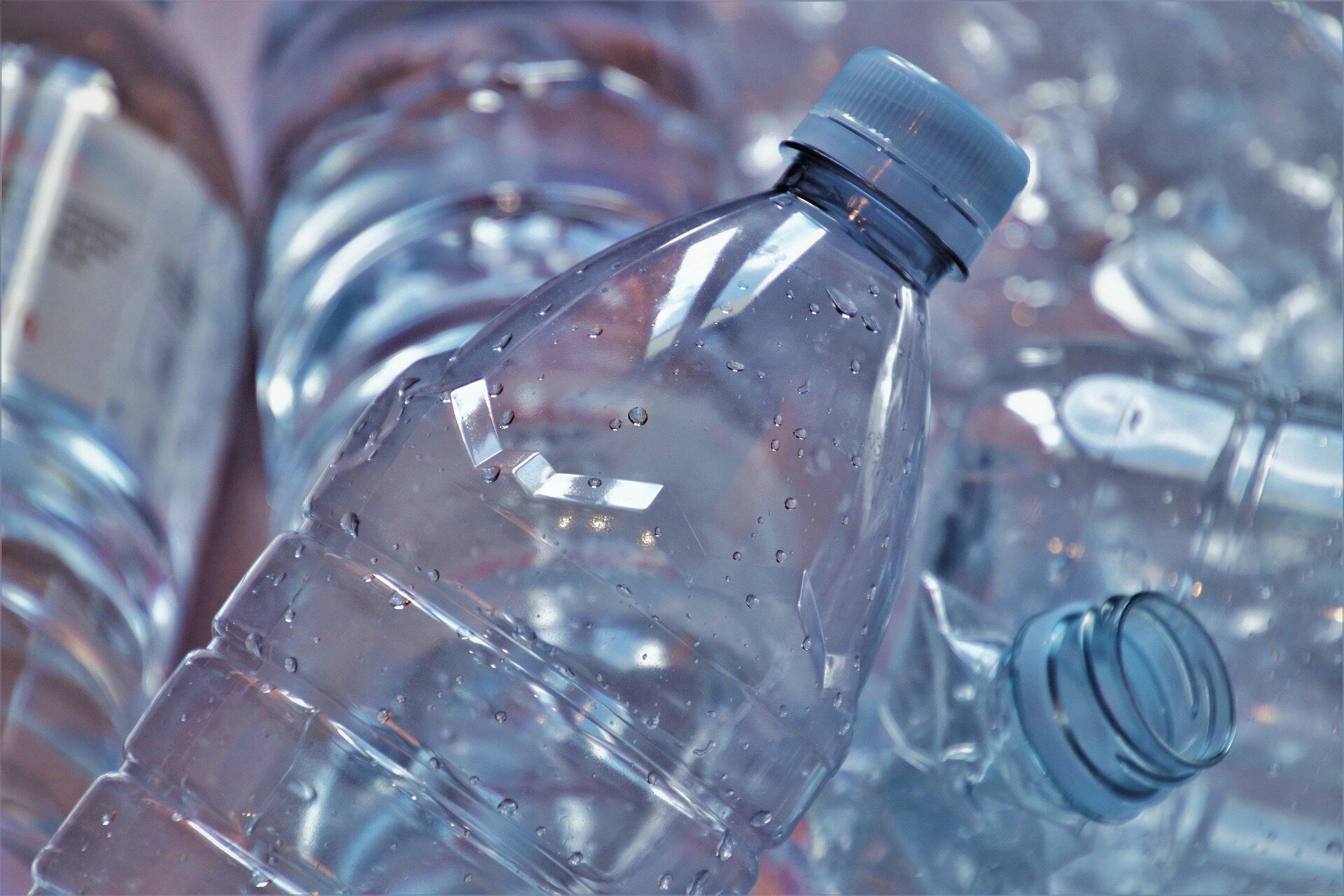- A rare rain in the Sahara Desert
- Harris says Iran is America's 'greatest adversary,' as Mideast war weighs on U.S. priorities
- America's largest water utility hit by cyberattack at time of rising threats against U.S. infrastructure
- We're upgrading Honeywell after a long-awaited move. Jim Cramer says investors should act
- Healthy Returns: What activist Starboard's $1 billion stake means for Pfizer
What do you believe is the single most important factor driving up the cost of living in Nigeria?

New insights into bubble interference could enhance electrode design
Industrial electrochemical processes that use electrodes to produce fuels and chemical products are hampered by the formation of bubbles that block parts of the electrode surface, reducing the area available for the active reaction. Such blockage reduces the performance of the electrodes by anywhere from 10 to 25%.
But new research reveals a decades-long misunderstanding about the extent of that interference. The findings show exactly how the blocking effect works and could lead to new ways of designing electrode surfaces to minimize inefficiencies in these widely used electrochemical processes.
It has long been assumed that the entire area of the electrode shadowed by each bubble would be effectively inactivated. But it turns out that a much smaller area—roughly the area where the bubble actually contacts the surface—is blocked from its electrochemical activity. The new insights could lead directly to new ways of patterning the surfaces to minimize the contact area and improve overall efficiency.
The findings are reported today in the journal Nanoscale, in a paper by recent MIT graduate Jack Lake Ph.D. '23, graduate student Simon Rufer, professor of mechanical engineering Kripa Varanasi, research scientist Ben Blaiszik, and six others at the University of Chicago and Argonne National Laboratory. The team has made available an open-source, AI-based software tool that engineers and scientists can now use to automatically recognize and quantify bubbles formed on a given surface, as a first step toward controlling the electrode material's properties.
Credit: Massachusetts Institute of Technology



- October 8, 2024
New apps aid blind people in navigating indoor spaces

- October 8, 2024
Findings suggest that fungal mycelia can 'recognize' shapes
Subscribe to our mailing list to get the new updates!

Subscribe our newsletter to stay updated
Thank you for subscribing!










